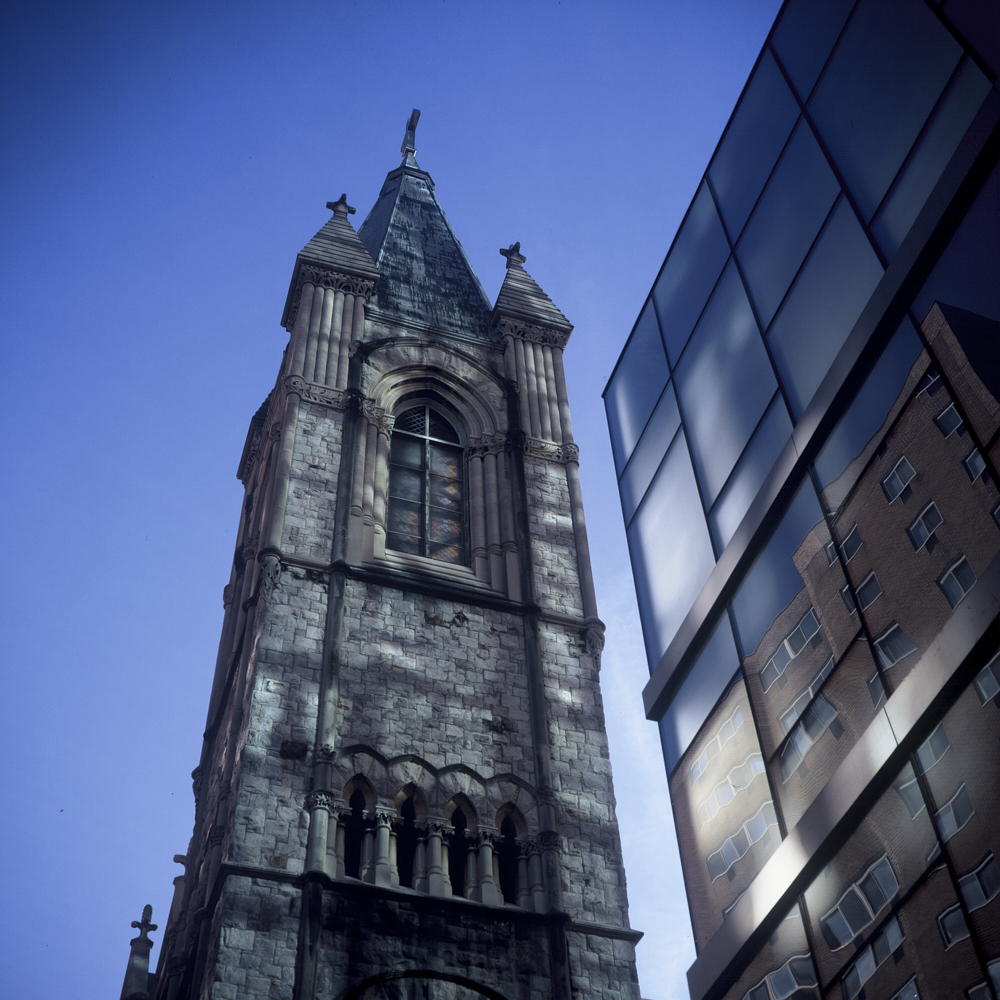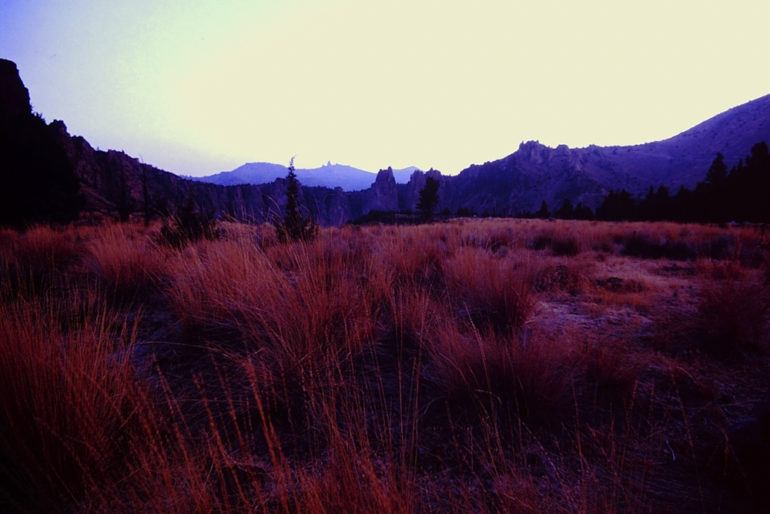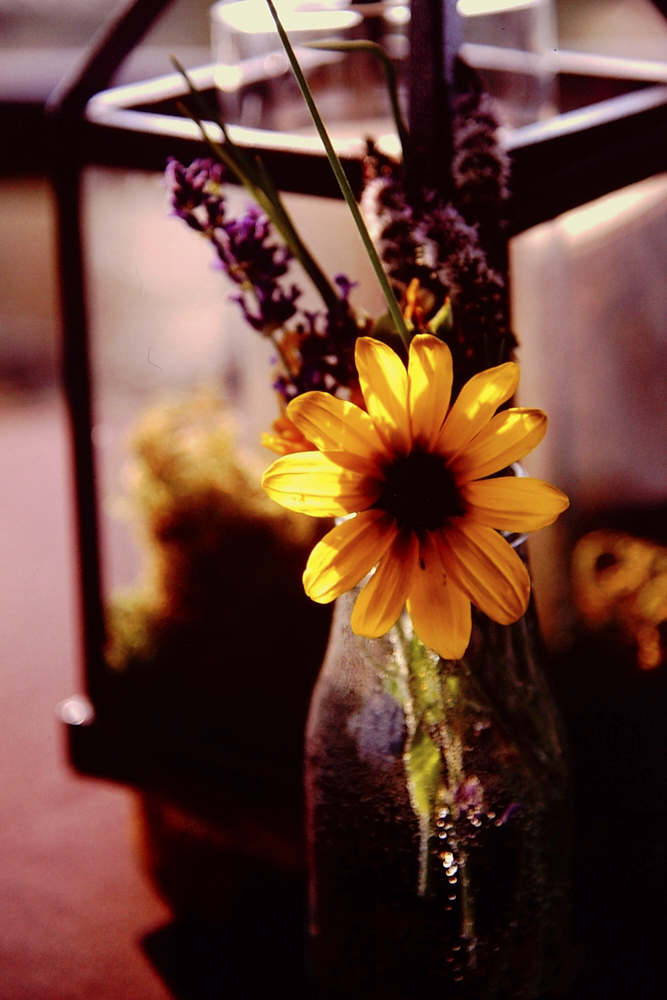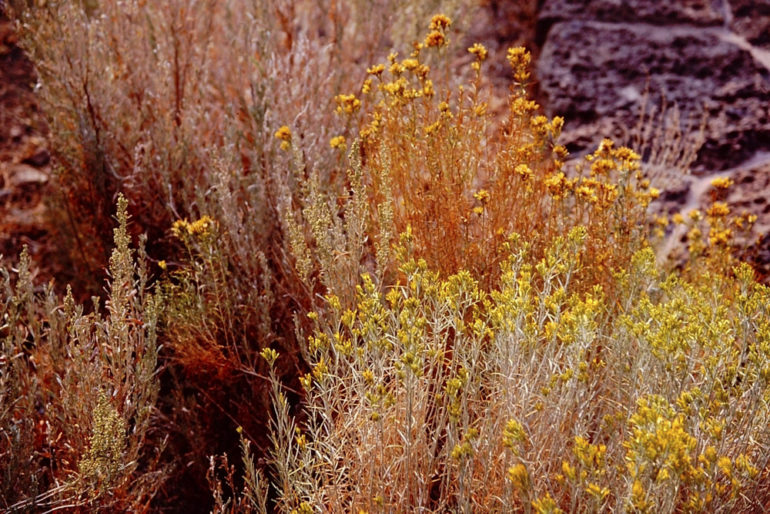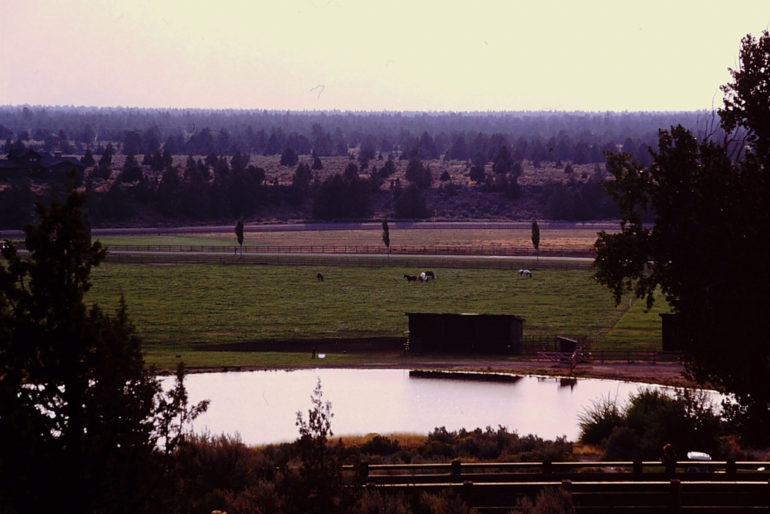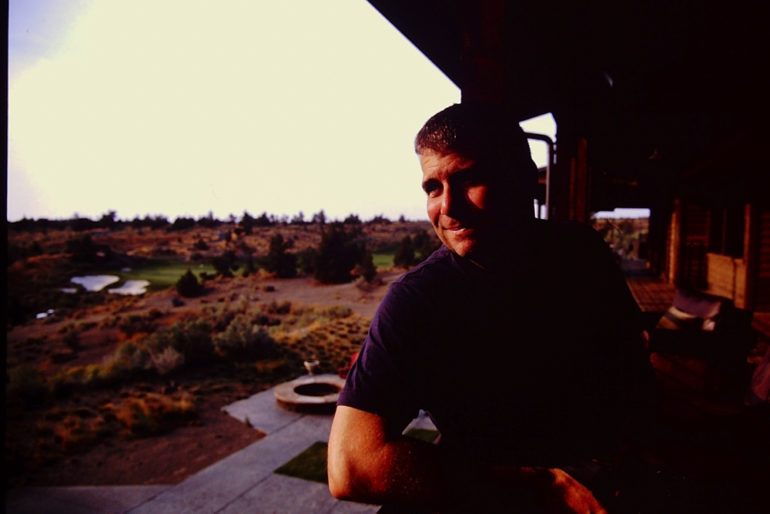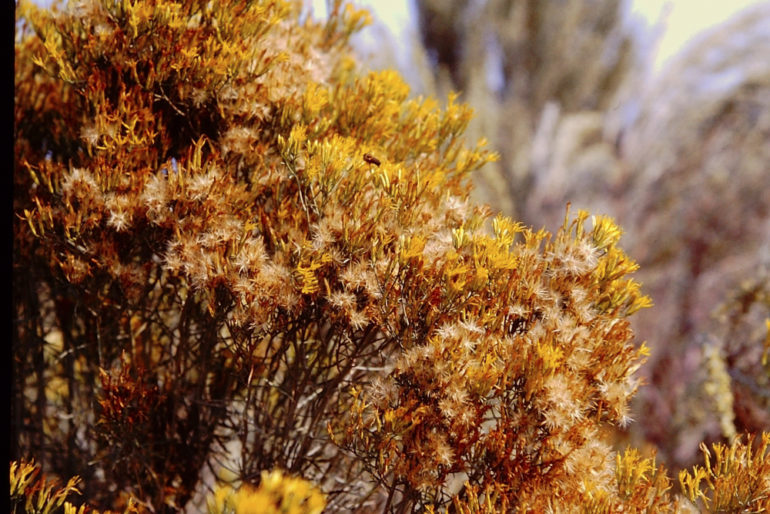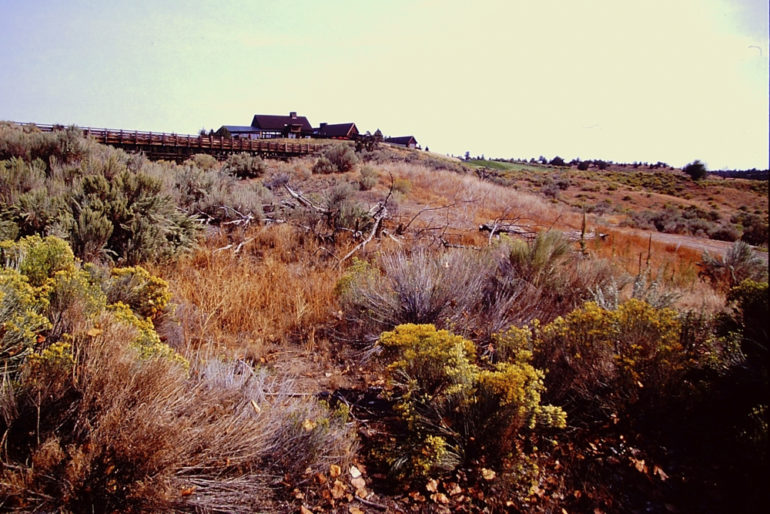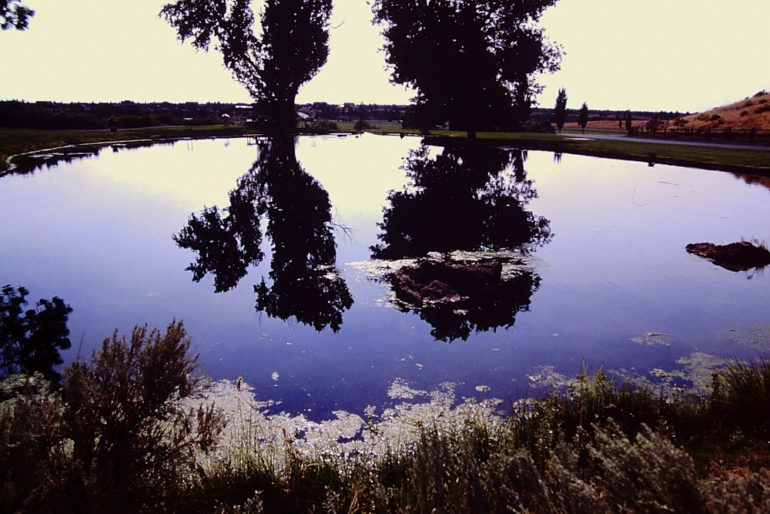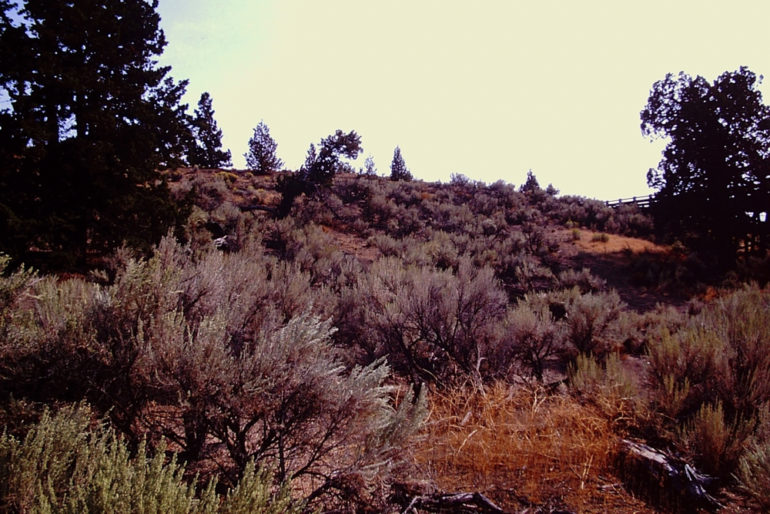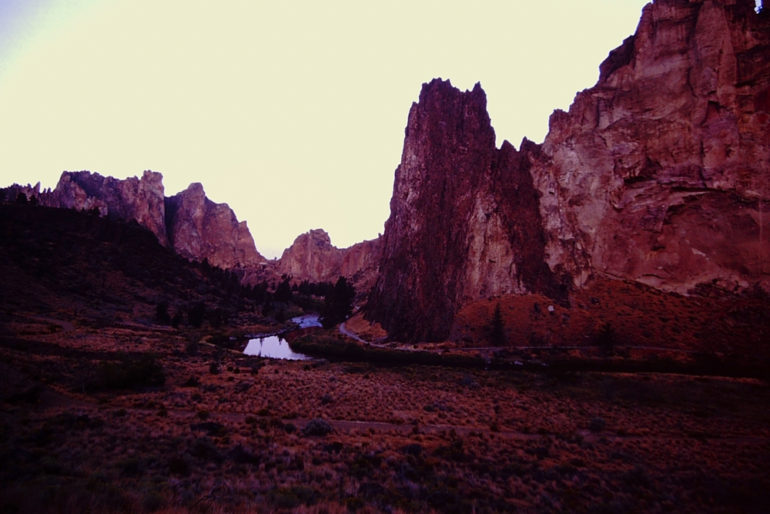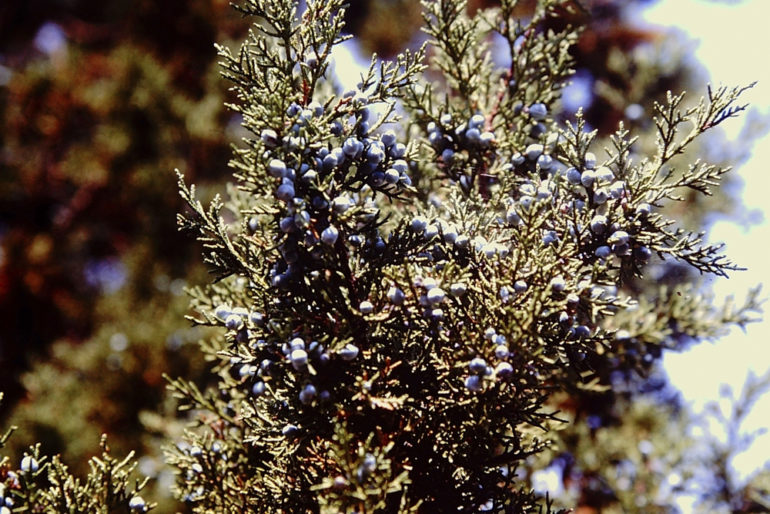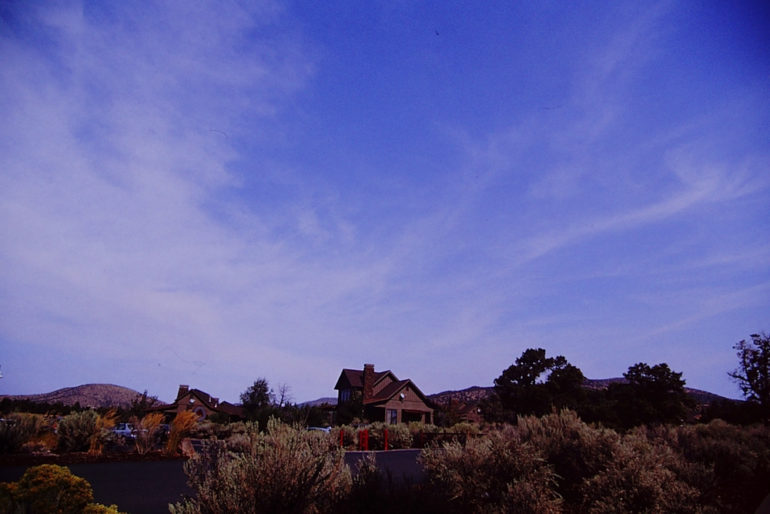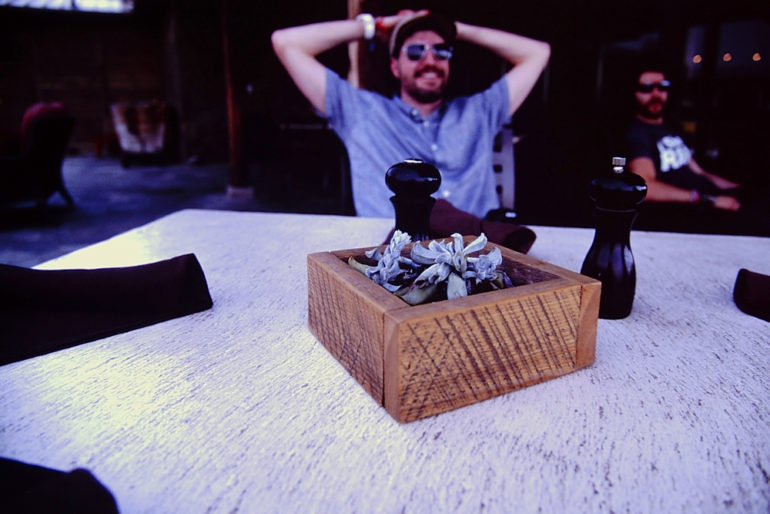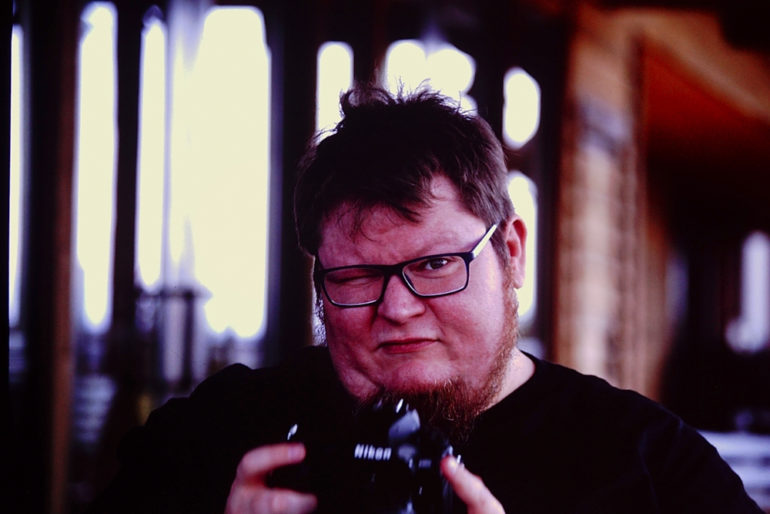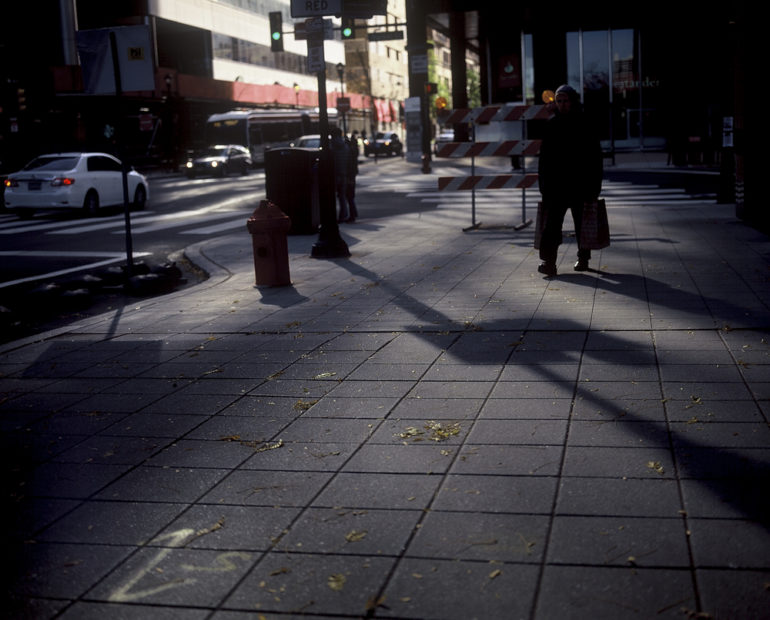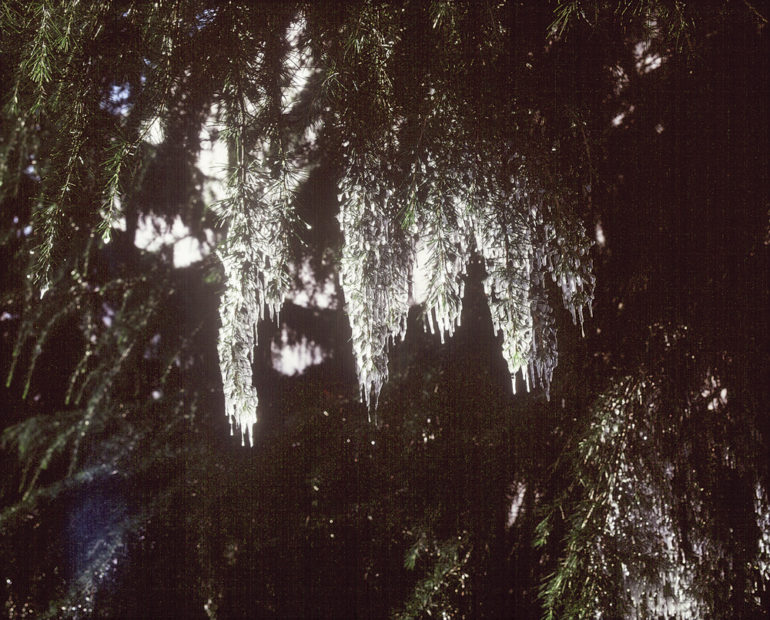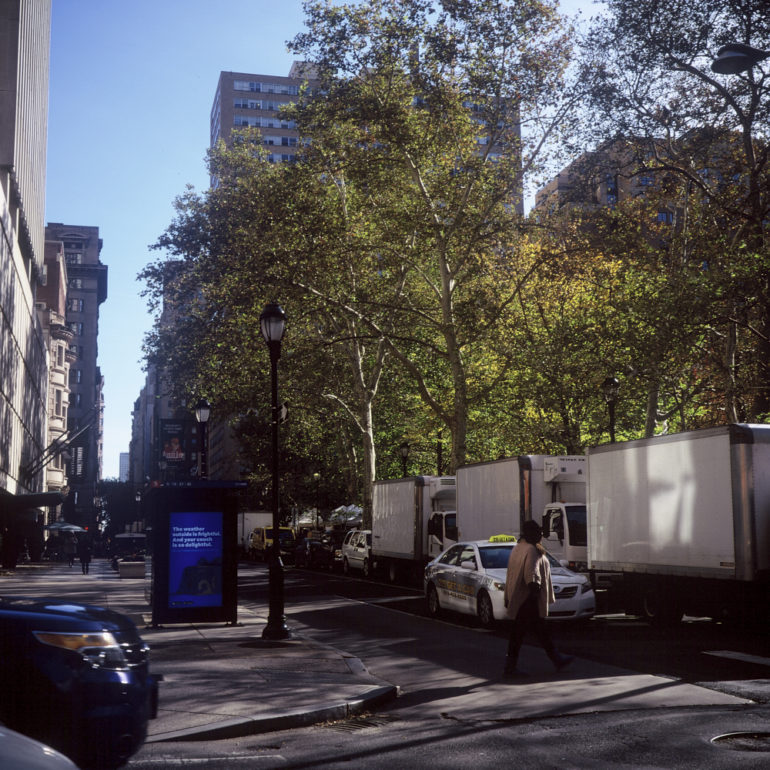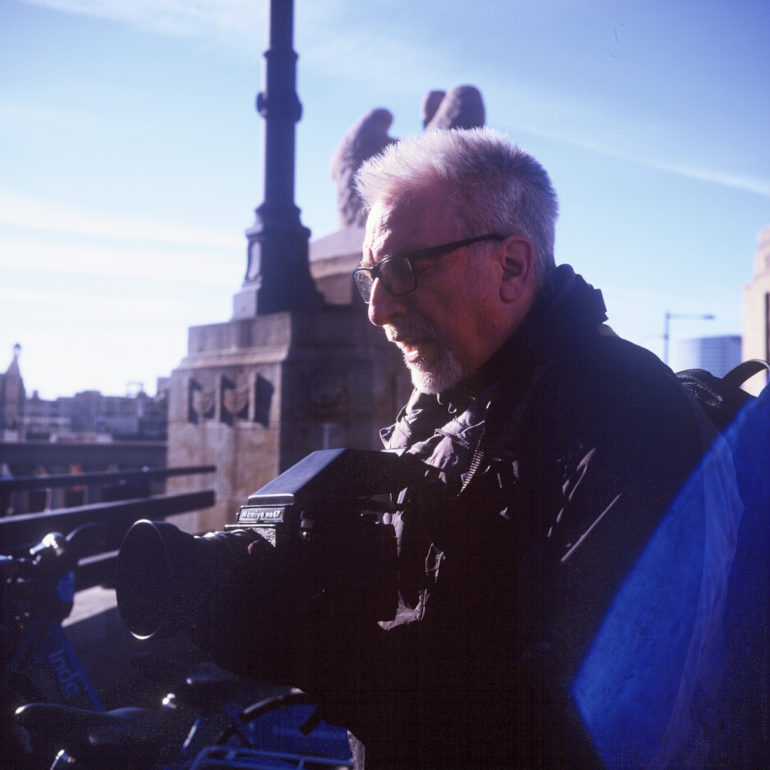Last Updated on 01/04/2018 by Mark Beckenbach
Fujifilm Velvia 50 is a gorgeous film when printed; but make sure you’re careful about the scans!
Perhaps one of the most magical films out there is Fujifilm Velvia 50. It’s one of the last slide films available for purchase and is a favorite of landscape photographers everywhere, not only due to its beautiful, vivid colors, but its low ISO which allows for incredibly detailed images. Fujifilm Velvia 50, like many other films, is better at medium and large formats; but arguably the most popular option is the 35mm film. Why? Well, it’s the format most amateur and hobbyist photographers know. Talk to them about medium format and they’re not sure what to think or do. Either way, Fujifilm Velvia 50 still looks great at the smaller formats.
Gear Used
We tested Fujifilm Velvia 50 with the Nikon N80, Nikon 16-35mm f4, and the Nikon 24-120mm f4 lens. All film was developed by the Lomography Gallery Store in NYC and scanned by me.
Tech Specs
Overview taken from the Fujifilm Website:
- Vibrant Color Reproduction/Rich Color Tone Depiction
Vivid skin tone reproduction with the world’s highest color saturation equal to that of the current Velvia. Superb color tone depiction for rich color reproduction. - Fine Grain Quality/High Definition/High Resolving Power
Superb grain quality, vibrancy and resolving power, as with the current Velvia. - Neutral Grays and Excellent Deep Shadows
Fine neutral gray reproduction from the highlights to the shadows. - Superb Push/Pull Processing
Minimum color balance variation over a range from -1/2 to +1 stop to enable wider photo opportunities. Also allows fine adjustments of exposure and density to be easily done during processing.
Ease of Use
Fujifilm Velvia 50 film is a slide film. With that said, you should know, like many other slide films, it’s very difficult to get the exposure “right.” You’re best off using graduated ND filters to help with that when it comes to equalizing a scene’s exposure. It’s a film designed for professional photographers, but I’d surely recommend that photographers of all sorts use it as long as you’re savvy on how to make the most of it. Unlike Fujifilm Provia 100, I don’t think it’s a good idea to slightly underexpose it. Instead, Fujifilm Velvia 50 really likes a lot of light. It’s one of the lowest ISO films on the market and the only thing that compares to it could be CineStill 50D. Like CineStill, Velvia 50 is a daylight film. Now of course, processing can fix that to a point.
You also typically will get a very reddish tint when you shoot it into the sun.
Image Quality
Nikon N80
As a reference note, I wanted to purposely show the images here. I’m positive that you’ve all shot Velvia in 35mm and seen some fantastic images with it everywhere. But Velvia 50 can be difficult to scan and get just right. But when you do, it sings to the mountains. As bourgeois as this may sound, I genuinely think that most current slide film emulsions are best reserved for printing. In addition to that, Kodak film tends to scan much better. They’ve quite literally done marketing for this over the years.
Now, if you’re one of those photographers who came from the X series system and uses the Velvia simulation quite a bit, I’ve never personally thought it emulates the look of the system all that much. To be clear, I also did some of my own tests. Fujifilm Velvia 50 isn’t very suitable for shooting portraits but works well enough for most landscape photography. To be fair, there are very few 35mm slide films I also really like. I thoroughly enjoy Velvia 50 in its 120 emulsion though.
Mamiya RB67 and Mamiya 6
Credit on some of these images goes to my good buddy Hugh Brownstone.
Velvia 50 in the 120m emulsion I genuinely feel is leaps and bounds better than the 35mm emulsion. The colors really pop, and with good glass the images will too. Not to mention that you need a solid photographer! But beyond that, when you simply look at the slides, it’s pretty easy to see how the color is much better. That’s something that seriously can’t be reproduced digitally but instead you need to see for yourself.
Conclusions
Fujifilm Velvia 50 is a beautiful film that absolutely deserves to be printed. While it’s surely capable of producing beautiful scans, we’re arguably at a stage in digital photography where we can be more than happy with what we get with a Fujifilm simulation. Will it be the same thing? No way. Velvia 50 is a slide film that encourages you to get the image right in camera vs the forgiving nature of the Fujifilm X Trans sensor. I encourage everyone to shoot Fujifilm Velvia 50 when they get to that stage of their career as a photographer. But in addition to that, I recommend you also get more serious about learning white balance and perhaps even making prints.
Want some Velvia 50? Check out the prices on Amazon.


